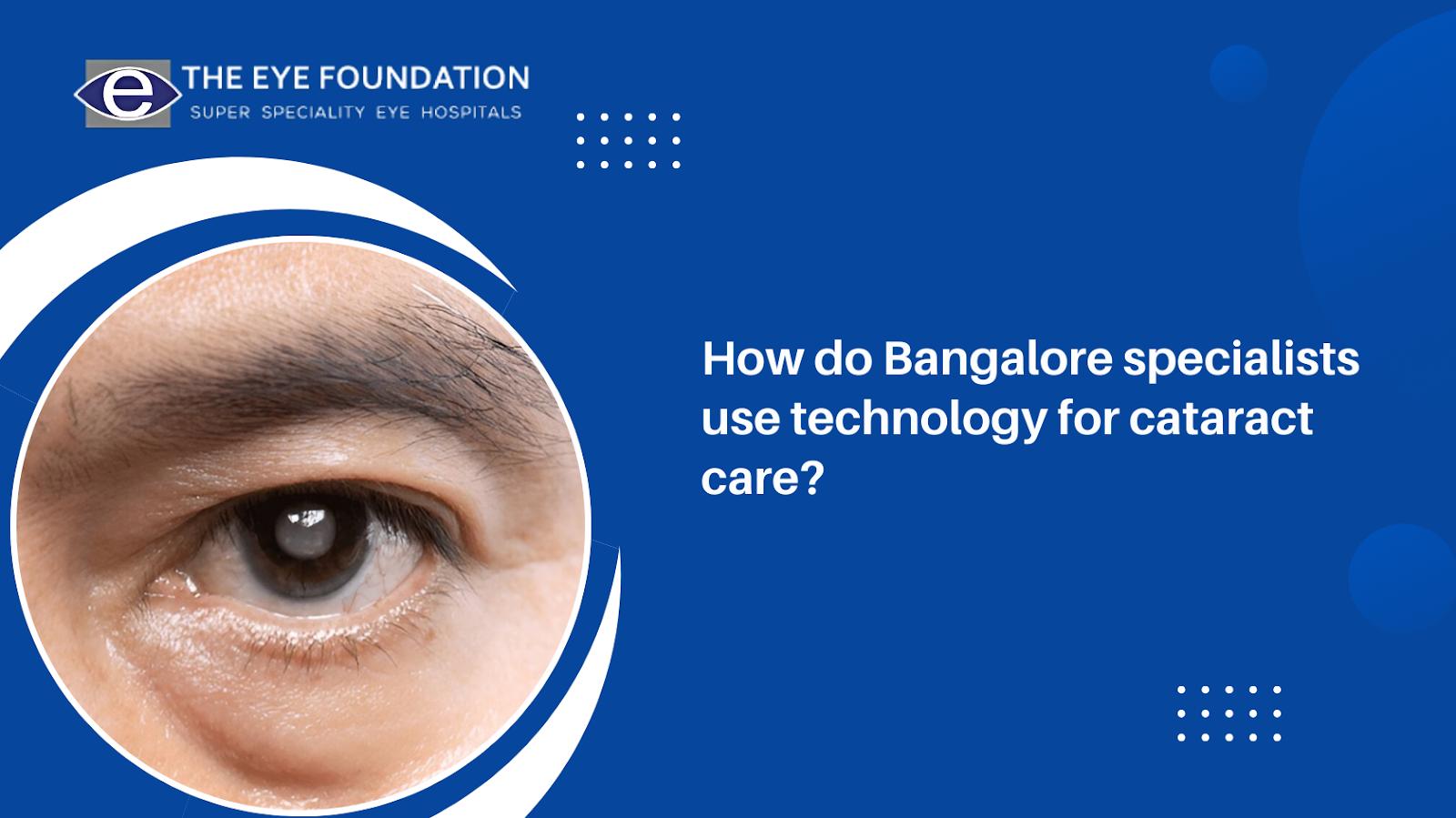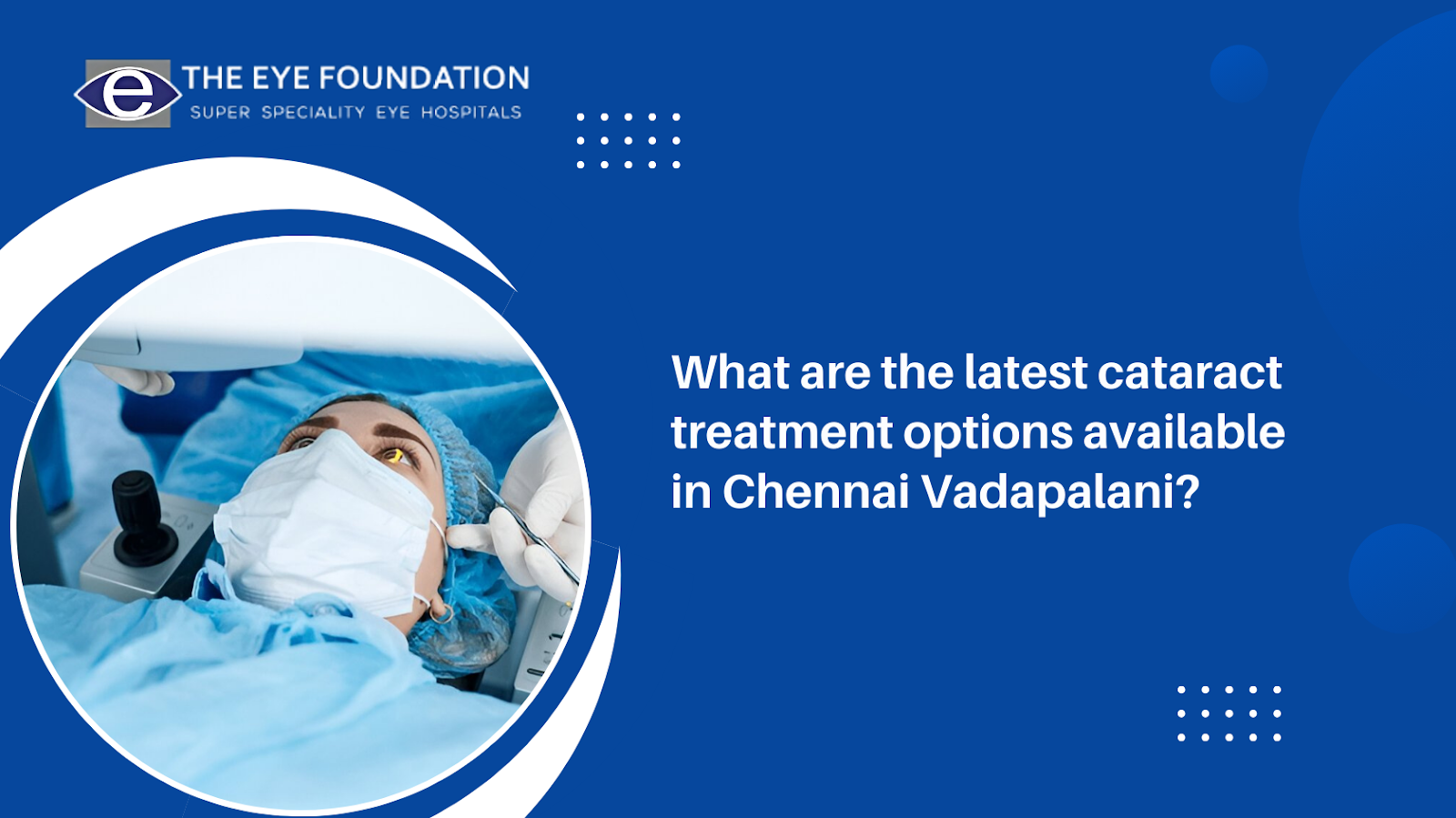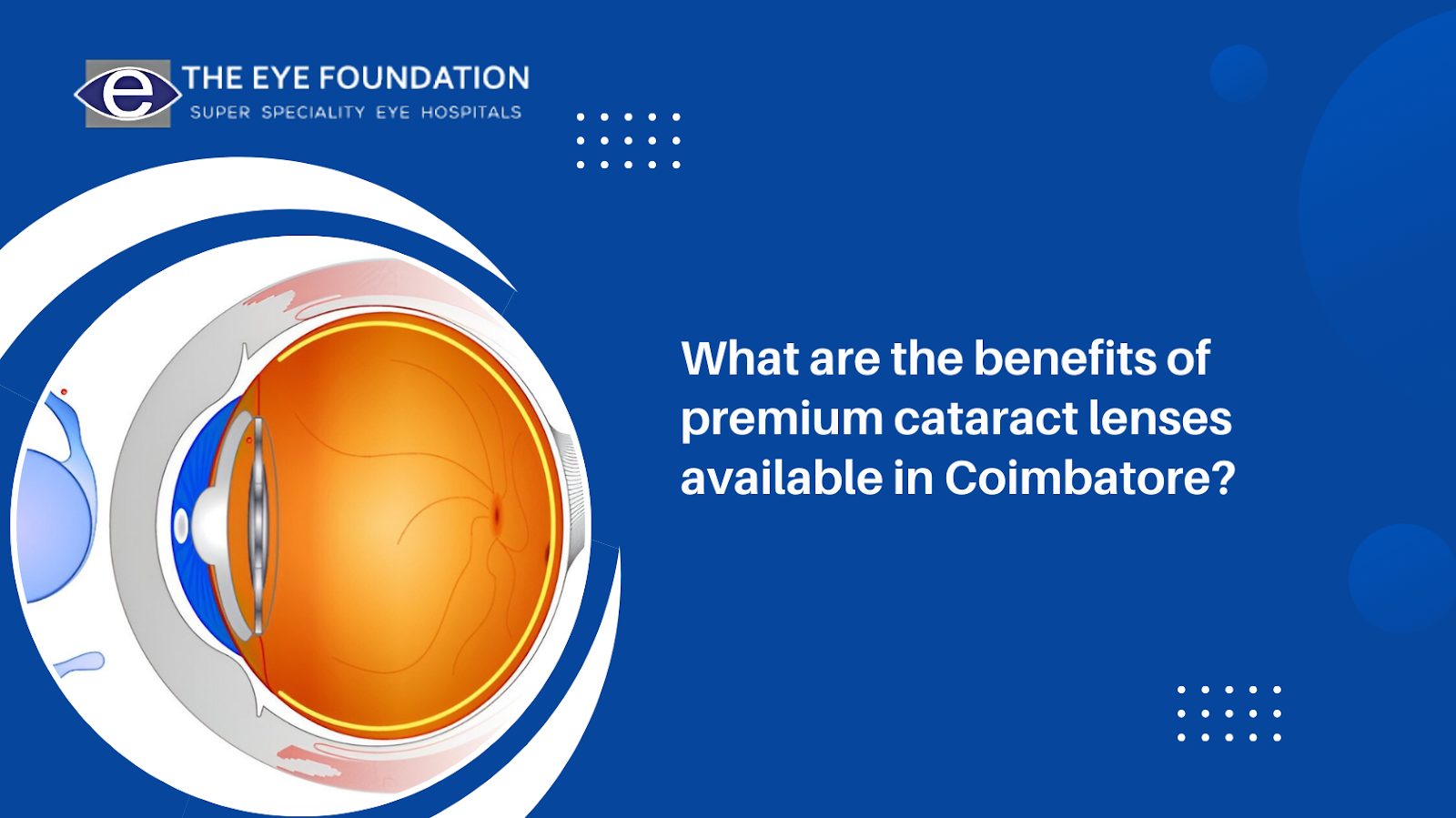The visual system is one of the most essential systems that help you perceive the world. It acts as a window to your surroundings. Developing an eye infection or disease is common, but proper care and treatment are essential. Many people ignore early signs of underlying eye conditions, which should not be overlooked when caring for their vision.Vitreoretinal diseases are among the most common eye conditions. Both the retina and vitreous play a crucial role in providing clear vision. Any issue affecting them can present early symptoms, and identifying these signs early allows for timely detection, preserving vision and preventing irreversible damage. This blog explores common early signs of vitreoretinal diseases, which are essential to recognize for protecting your vision.
Floaters and flashes
One of the most common early signs of vitreoretinal diseases is the sudden appearance of floaters and flashes. Floaters are tiny, dark spots or squiggly lines that drift across the visual field, especially when looking at a bright background such as the sky or a white wall. Floaters are most commonly caused by the natural aging process, during which the vitreous gel shrinks and pulls away from the retina.
In most cases, floaters are harmless and a normal part of aging, but a sudden increase in their number, especially when accompanied by flashes of light, could indicate a more serious problem, such as a retinal tear or detachment. Flashes occur when the vitreous tugs on the retina, stimulating the photoreceptor cells, which causes the perception of light. These conditions require urgent medical attention.
Distorted or blurry vision
Distorted or blurry vision is another early sign of a vitreoretinal condition. An individual may notice that straight lines appear wavy, or objects seem warped or smaller than they are. The macula is the central part of the retina responsible for sharp, detailed vision. Macular degeneration, particularly age-related macular degeneration (AMD), occurs when the macula deteriorates, leading to progressive loss of central vision. Early symptoms include difficulty reading, recognizing faces, or performing tasks that require fine vision.
Loss of peripheral vision
A gradual loss of peripheral vision is an early sign of vitreoretinal conditions such as retinal detachment, glaucoma, or diabetic retinopathy. In the case of retinal detachment, the retina separates from its underlying tissue, and this detachment often starts at the periphery. Patients may notice shadows or a curtain-like effect encroaching on their field of vision.
Dark spots in vision
Dark spots or patches in the visual field, known as scotomas, are another early sign of vitreoretinal disease, particularly related to macular disorders or retinal vein occlusion. A scotoma may appear as a shadowed area in the center or periphery of the vision and can vary in size and shape.Macular conditions such as macular holes or macular edema can cause scotomas, affecting central vision. The appearance of dark spots in vision should never be ignored and warrants immediate examination by an ophthalmologist.
Sudden vision loss
Sudden or rapid vision loss is an alarming sign that requires urgent attention.It may occur in one or both eyes and can result from several vitreoretinal conditions, including retinal artery occlusion, retinal vein occlusion, or vitreous hemorrhage.
Difficulty seeing in low light
Difficulty seeing in low-light conditions or experiencing night blindness can be an early sign of vitreoretinal disease, particularly conditions like retinitis pigmentosa (RP) or other inherited retinal dystrophies. Retinitis pigmentosa is a group of genetic disorders that cause the breakdown and loss of cells in the retina. Early symptoms often include difficulty seeing in dim light or transitioning from light to dark environments.
Book your appointment
Recognizing early signs of vitreoretinal diseases is crucial for preserving vision and seeking timely treatment. People often seek medical help only when symptoms become severe. However, it is important to be proactive and safeguard your vision before the condition worsens. Visit The Eye Foundation and get a consultation from an experienced ophthalmologist who could assist you with your eye care needs. Book your appointment today!






